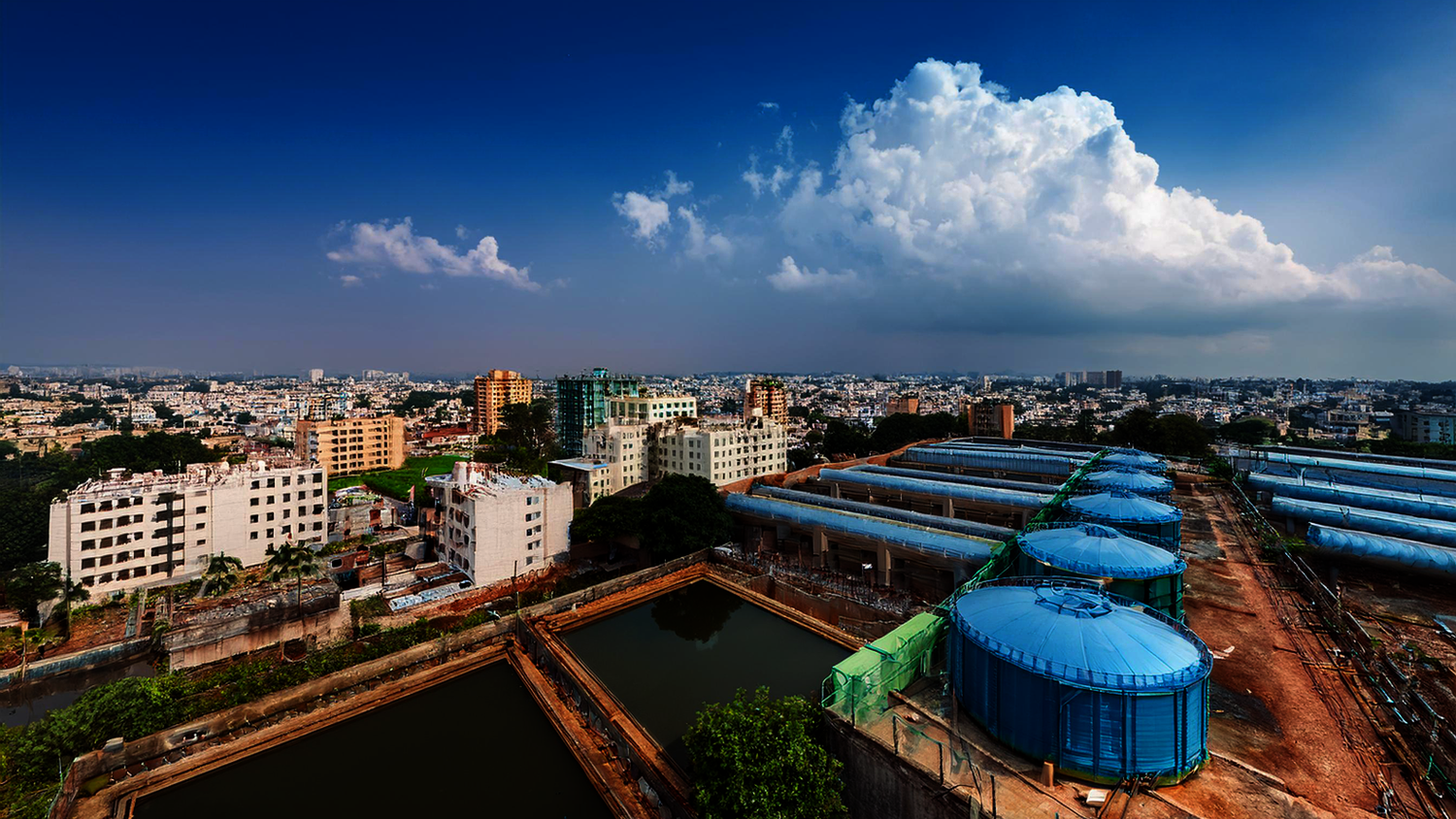Water scarcity and fluctuating climate conditions have made rainwater harvesting crucial, especially in cities like Bangalore. With groundwater levels depleting rapidly, adopting rainwater harvesting systems ensures sustainable water availability for domestic, agricultural, and industrial needs.
Using rainwater harvesting filters and proper rainwater filter systems, you can store and utilize rainwater efficiently, reduce urban flooding, recharge local aquifers, and save on water costs. Whether for your home or farmland, these systems are both eco-friendly and cost-effective.
What is Rainwater Harvesting and Why Do We Need It?
Rainwater harvesting is the process of collecting and storing rainwater from surfaces like rooftops, compounds, hill slopes, and artificial catchment areas. The collected water is filtered using rainwater filters, rain water harvesting filters for home, or rainy filters to remove debris such as leaves and twigs.
The harvested water can be used for:
-
Irrigation and farming
-
Washing, cleaning, and bathing
-
Recharge of groundwater aquifers
-
Domestic purposes with proper filtration
Using a home water filtration system or rainwater filter system ensures the water is safe and clean, making rainwater harvesting an essential solution for Bangalore’s water crisis.
Major Rainwater Harvesting Techniques in Bangalore
1. Groundwater Recharge
Groundwater recharge is the process where rainwater seeps into the ground to replenish aquifers. This is essential in areas facing groundwater depletion. Methods include:
-
Contour bunds
-
Gully plugs
-
Dug well recharge
-
Check dams, nala bunds, or cement plugs
-
Percolation tanks
-
Recharge shafts
These techniques help direct rainwater harvested from farmlands or urban surfaces into the ground, enhancing water availability and sustainability.
2. Surface Runoff Harvesting
Surface runoff harvesting collects rainwater flowing over land. This water is stored in underground or surface reservoirs and can be used for:
-
Domestic purposes
-
Farming and cattle
-
Urban water requirements
Methods for urban areas include:
-
Tubewells
-
Recharge pits
-
Recharge wells
-
Recharge trenches
By using rain water harvesting filters, you can ensure that surface runoff water is clean before storage or usage.
Types of Rainwater Harvesting Systems
Rainwater harvesting systems are classified into:
-
Direct Pumped Systems – Ideal for homes with limited space.
-
Indirect Pumped Systems – Good for larger setups or farmland.
-
Indirect Gravity Systems – Suitable where high-level tanks are available.
The simplest form is a garden water butt with rainwater filter systems to collect water for irrigation. Pairing the system with high-quality rain water filters ensures clean water for all non-potable and potable purposes.
Benefits of Rainwater Harvesting
-
Conserves water and reduces dependence on municipal supply
-
Recharges local groundwater and aquifers
-
Reduces urban flooding and waterlogging
-
Provides filtered water for domestic use and irrigation
-
Environmentally sustainable and cost-effective
Conclusion
Choosing the right rainwater harvesting system depends on your location, space, and requirements. Direct-pumped systems are ideal for limited spaces, whereas indirect gravity systems suit homes with storage tanks.
By using rainwater filters and home water filtration systems, you can maximize the quality and usage of harvested water. For expert guidance and high-quality systems, consult Rainy Filters, a leading rainwater harvesting company in Bangalore.

